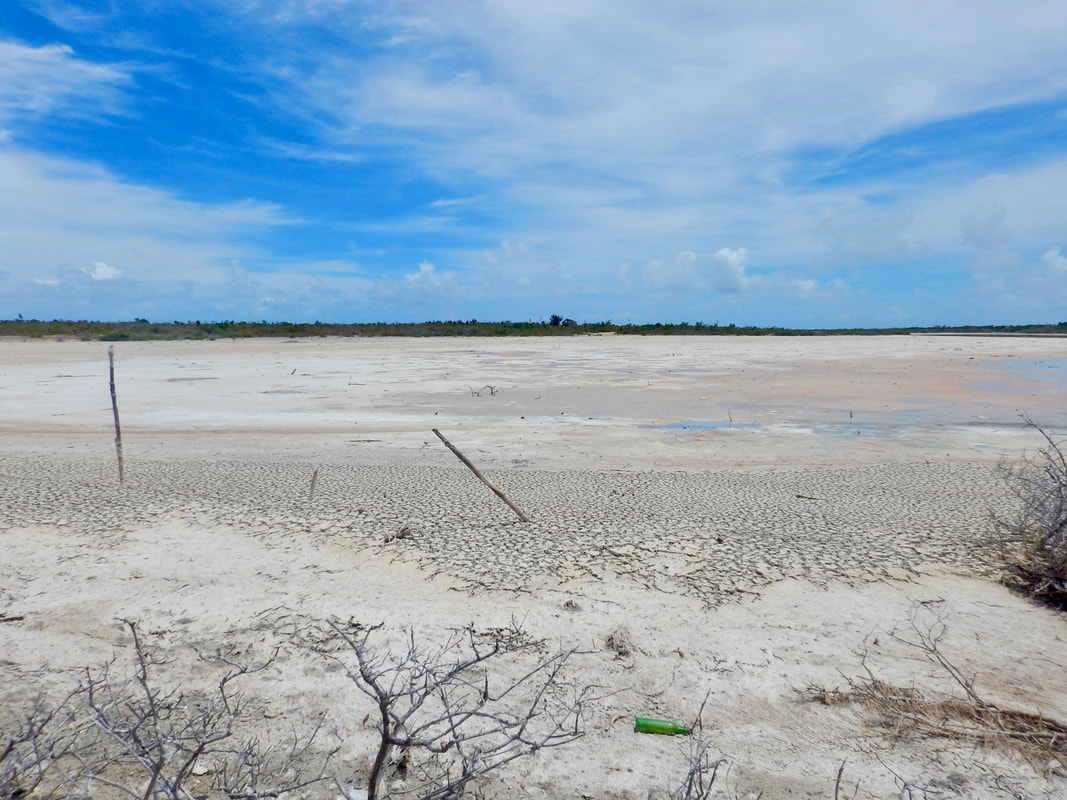 Compensatory mitigation is now a standard part of the permitting and implementation of projects that affect the environment. The principle is straightforward: environmental impacts from permitted projects must be avoided and minimized, and all unavoidable impacts must be offset or “compensated” through regulatory programs. In the U.S., the regulatory frameworks to offset these impacts have grown from the Clean Water Act and Endangered Species Act which offer the same overarching premise: “no net loss” of valuable environmental resources and habitat. Other nations have similar approaches. Traditionally, impacts have been offset by “permittee-responsible” mitigation, which entrusts the permittee (e.g., a developer) to undertake proper ecological restoration and enhancement themselves. Success with this approach has been low because these restoration projects are often isolated, small in scope, and provide little overall habitat connectivity and poor ecological uplift. The obvious lack of independence frequently raises concerns and, at times, leads to litigation. A different approach allows for overall impacts to be pooled and implemented by a third party (e.g. an environmental firm) into a larger offsite mitigation plan, allowing for a much greater restoration potential and habitat recovery. Working on projects all over the world, Deborah Brosnan & Associates has incorporated the “no net loss” concept and expanded it to include a “net environmental positive” element. This approach focuses on offsite mitigation and restoration plans that offer value to the environment as well as value to the client. A comprehensive offsite mitigation strategy allows clients to offset permitted impacts while providing a meaningful environmental benefit and in a more cost-effective way. One of our clients has a large permitted coastal development project spanning over 500 acres that has inevitable and permitted impacts to marine species and native vegetation. Traditional mitigation as a species-by-species or site-by-site effort would, in this case, yield little uplift of critical ecological functions. Our studies indicate that a piece-meal mitigation approach would further fragment the habitat and disrupt the development itself, leading to higher costs, investment loss, and little environmental benefit. Instead, by working with our client and the local government, we’ve been able to craft a solution that is meaningful to all parties as well as the environment. An offsite mitigation plan realizes an immense opportunity to restore and enhance large and damaged salt ponds that are adjacent to development site. These salt pond habitats have been degraded by previous human interference such as road building through the ponds, pollutant runoff, and dumping of debris. Salt ponds serve an important role in providing habitat for birds, fish, and shellfish as well as serving as storm buffers to nearby communities. Restoration of this habitat will include site clean-up, replanting of mangroves, and restoring tidal flow. These restored benefits offer an opportunity to increase nesting habitat for least terns and sea turtles, enhance mangrove islands that have all but disappeared from human and storm activity, and provide beneficial recreational and educational opportunities for visitors to the site. These efforts fundamentally increase resilience on the island. Monitoring-based performance measures will be included in an environmental management plan to provide a basis for continued improvement and lessons-learned that can be used by other projects. We plan more complete reporting on this exciting effort, in the meantime contact us if you want to know more about our approach. Meg Fullam, M.S. Environmental Science and Policy
1 Comment
4/13/2022 06:20:34 am
What an exquisite article! Your post is very helpful right now. Thank you for sharing this informative one.
Reply
Leave a Reply. |
AuthorDeborah Brosnan Archives
December 2019
|

 RSS Feed
RSS Feed